
The postherpetic neuralgia market is witnessing robust growth driven by rising prevalence of herpes zoster and increasing clinical awareness of chronic neuropathic pain management. Cutting-edge therapeutic innovations and evolving market dynamics are reshaping the competitive landscape and fueling substantial business growth prospects across global regions.
Market Size and Overview
The postherpetic neuralgia market is estimated to be valued at USD 805.3 Mn in 2025 and is expected to reach USD 1251.4 Mn by 2032, growing at a compound annual growth rate (CAGR) of 6.5% from 2025 to 2032.
The market revenue expansion is propelled by increased incidence rates in aging populations and enhanced diagnostic capabilities. Moreover, the market scope expands as novel drug delivery mechanisms and targeted therapies address Postherpetic Neuralgia Market Size restraints related to efficacy and side effects, influencing market growth strategies and market revenue positively.
Current Event & Its Impact on Market
I. Vaccination Awareness and Policy Shifts in North America
- Increased Adoption of Herpes Zoster Vaccination – Potential Impact on Market
Widespread campaigns and policy support in regions like the United States have increased vaccination rates, indirectly affecting postherpetic neuralgia market revenue by reducing incidence but simultaneously raising awareness and early diagnosis, thus altering market dynamics and market company strategies.
- Insurance Coverage Expansion for Neuropathic Pain Treatments – Potential Impact on Market
The inclusion of neuropathic pain medications under broader insurance plans enhances patient accessibility, driving market growth and creating new market opportunities for pharmaceutical market players.
- Technological Advances in Pain Management – Potential Impact on Market
Introduction of AI-driven diagnostic tools and personalized therapy options are reshaping the postherpetic neuralgia market trends and market segments, pushing industry size and business growth upward.
II. Supply Chain Disruptions in Asia-Pacific
- Raw Material Shortages due to Geopolitical Tensions – Potential Impact on Market
Political unrest in key ingredient-producing countries in Asia disrupts supply chains, increasing costs and manufacturing lead times, leading to short-term market restraints and challenges for postherpetic neuralgia market companies globally.
- Logistics Delays Affecting Product Availability – Potential Impact on Market
Port congestion and increased regulatory scrutiny delay shipments, impacting market share of companies reliant on efficient distribution networks while encouraging local manufacturing initiatives.
- Shifts Towards Regional Manufacturing Hubs – Potential Impact on Market
Emerging trends toward decentralizing production influence market growth strategies and enhance market scope as companies adapt to geoeconomic landscapes, reshaping industry trends.
Impact of Geopolitical Situation on Supply Chain
The ongoing geopolitical tensions between China and Taiwan exemplify supply chain vulnerabilities providing a cautionary tale for the postherpetic neuralgia market. Taiwan is a critical hub for semiconductor manufacturing, instrumental in medical device production used for neuropathic pain management therapies. Disruptions in semiconductor supply have delayed development timelines for advanced drug delivery systems and diagnostic equipment integral to market companies’ innovation pipelines.
This disruption increases production costs and constrains market revenue growth short-term while driving long-term market growth strategies toward supply chain diversification and localized manufacturing.
SWOT Analysis
Strengths
- Advanced therapeutics and increasing R&D investments improve treatment efficacy, driving strong market growth and expanding market revenue.
- Growing elderly population globally increases market size and drives market demand, positively influencing industry size and market trends.
Weaknesses
- High cost of novel therapies limits rapid market penetration in emerging economies, creating market restraints and challenges in business growth.
- Side effect profiles of existing therapies can result in lower patient adherence, hindering market revenue potential despite favorable market dynamics.
Opportunities
- Integration of AI and digital health platforms offers substantial market opportunities by enhancing diagnostic accuracy and personalized treatment plans, elevating market insights and market growth strategies.
- Expansion into underserved regions with growing healthcare infrastructure can significantly increase industry share and market scope, fostering competitive market trends.
Threats
- Regulatory hurdles and stringent approval processes can delay product launches, impacting market growth and market revenue projections.
- Intense competition among market players may lead to price wars, affecting profitability and overall market dynamics.
Key Players
Leading market companies shaping the postherpetic neuralgia market include Pfizer Inc., GlaxoSmithKline plc, Novartis AG, Teikoku Pharma USA, and Astellas Pharma Inc., among others.
- Pfizer Inc. invested in innovative neuropathic pain research in 2024, successfully launching a novel drug delivery system that enhanced patient compliance and contributed to a 12% revenue increase in targeted markets.
- GlaxoSmithKline plc expanded strategic partnerships with biotech firms in 2025, fostering collaborative innovation that strengthened their market share and enhanced their therapeutic portfolio.
- Novartis AG focused on digital health integration, applying AI to optimize treatment regimens, boosting market insights and solidifying its position among top market players.
FAQs
1. Who are the dominant players in the postherpetic neuralgia market?
The market is led by companies such as Pfizer Inc., GlaxoSmithKline plc, Novartis AG, Teikoku Pharma USA, and Astellas Pharma Inc., with these market players actively advancing treatment options through innovation and strategic collaborations.
2. What will be the size of the postherpetic neuralgia market in the coming years?
The postherpetic neuralgia market is projected to grow from USD 805.3 million in 2025 to USD 1,251.4 million by 2032, driven by market drivers including aging populations and improved therapeutic interventions.
3. Which end-user industry has the largest growth opportunity?
The healthcare sector focusing on geriatric patient populations presents the largest growth opportunity due to the increased prevalence of herpes zoster and subsequent postherpetic neuralgia in older adults.
4. How will market development trends evolve over the next five years?
Market trends will increasingly incorporate digital health technologies, AI-driven therapies, and personalized medicine approaches, resulting in enhanced treatment efficacy and expanded market scope.
5. What is the nature of the competitive landscape and challenges in the postherpetic neuralgia market?
The competitive landscape is intense, requiring continuous innovation and strategic partnerships. Key challenges include regulatory barriers, cost management, and addressing market restraints related to drug side effects.
6. What go-to-market strategies are commonly adopted in the postherpetic neuralgia market?
Companies often pursue technology partnerships, invest in R&D for novel therapies, and expand into emerging markets while leveraging digital health platforms to strengthen patient outreach and market penetration.
‣ Get more insights on : Postherpetic Neuralgia Market
‣ Get this Report in Japanese Language: 帯状疱疹後神経痛市場
‣ Get this Report in Korean Language: 대상포진후신경통시장
Author Bio:
Money Singh is a seasoned content writer with over four years of experience in the market research sector. Her expertise spans various industries, including food and beverages, biotechnology, chemical and materials, defense and aerospace, consumer goods, etc. (https://www.linkedin.com/in/money-singh-590844163 )

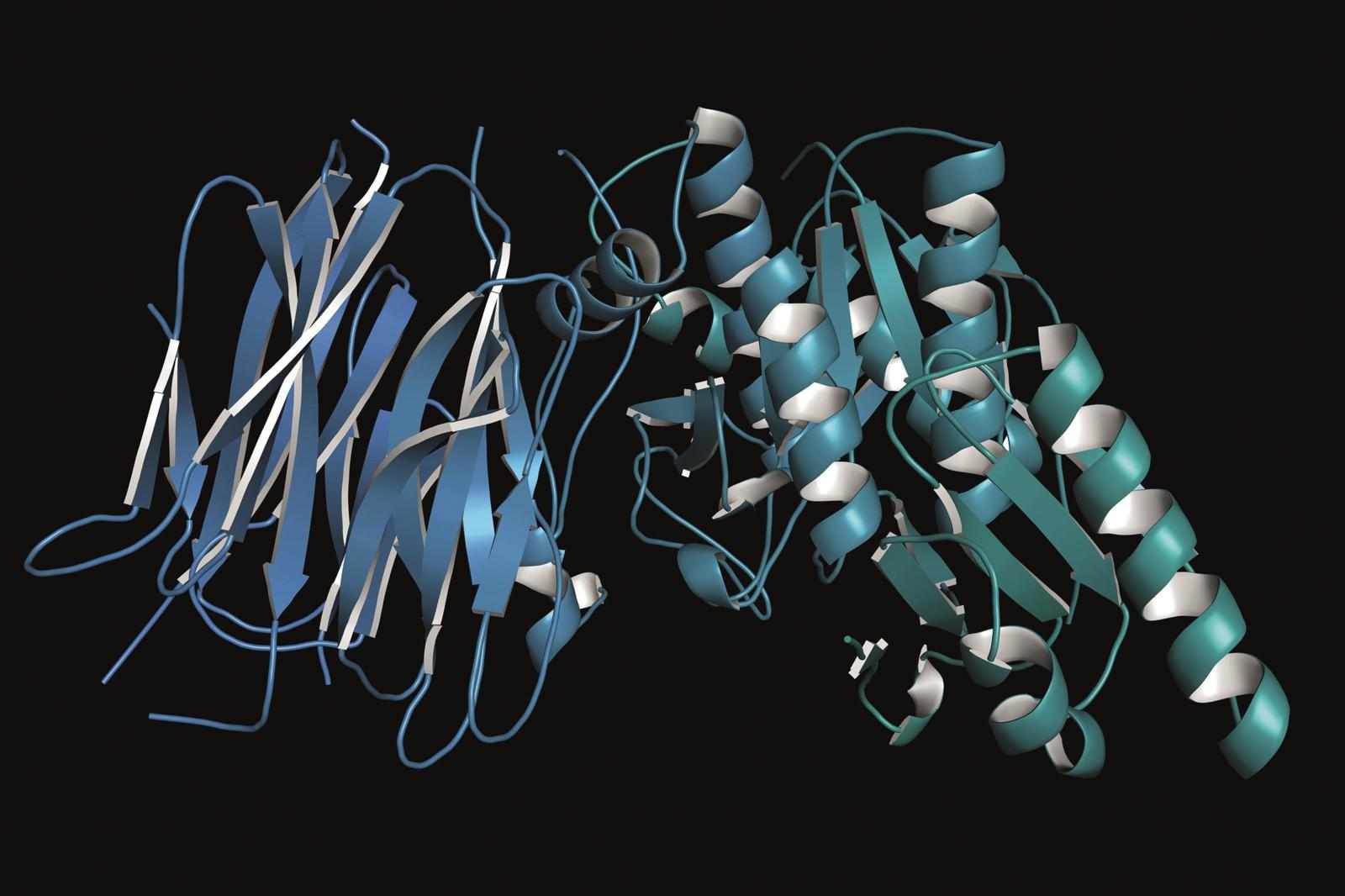
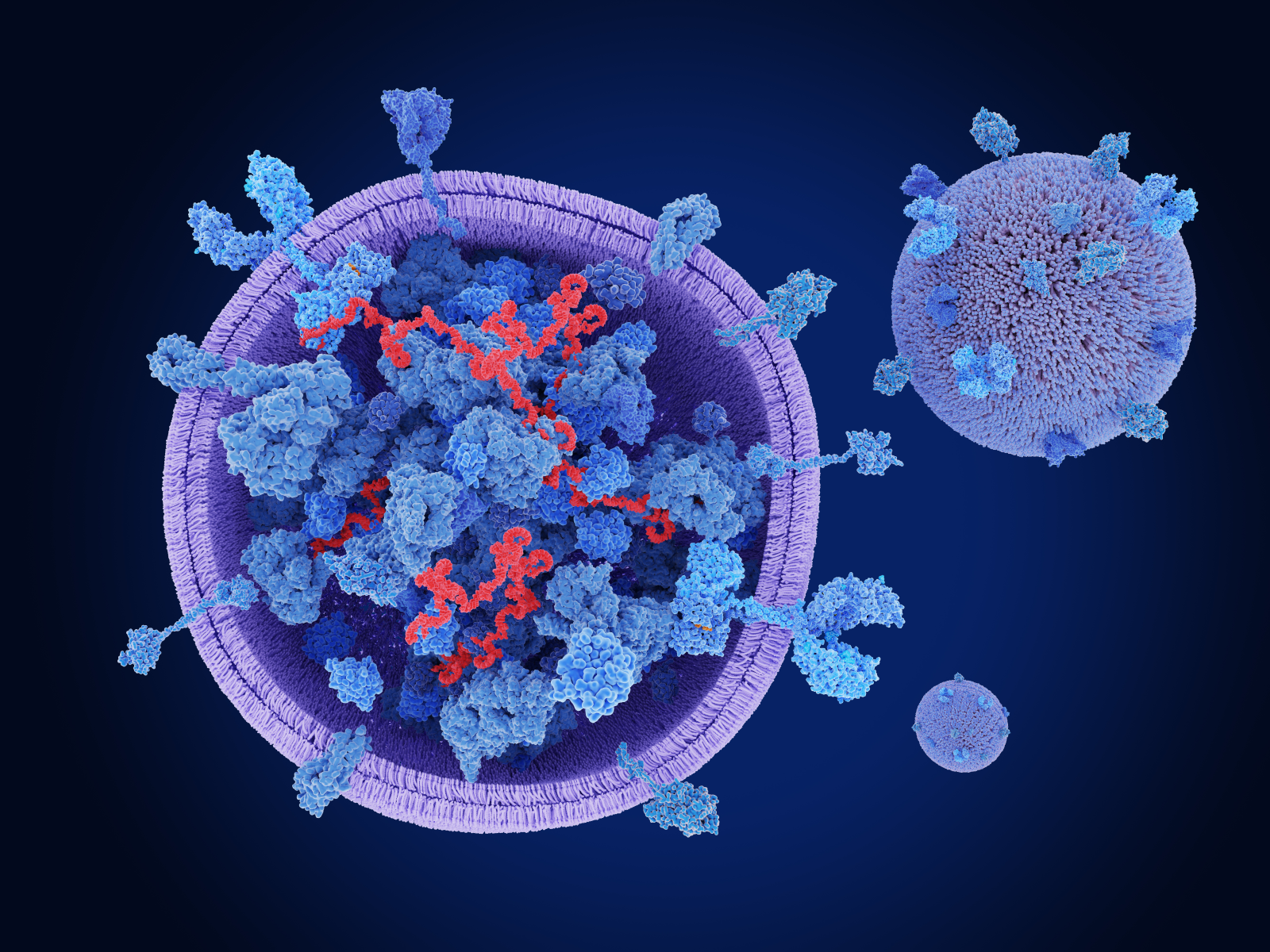






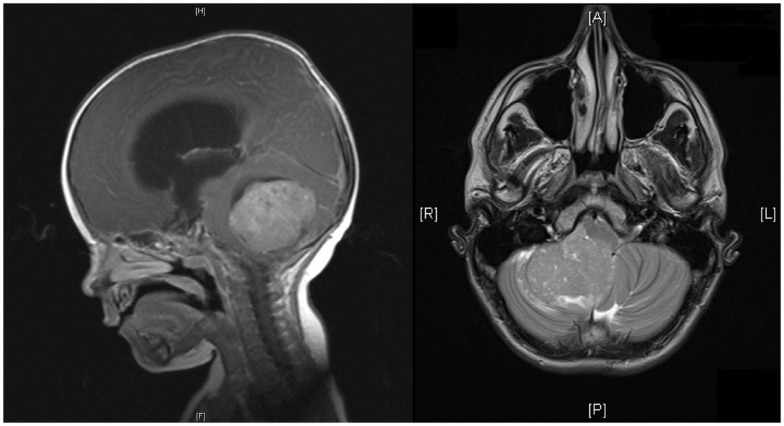
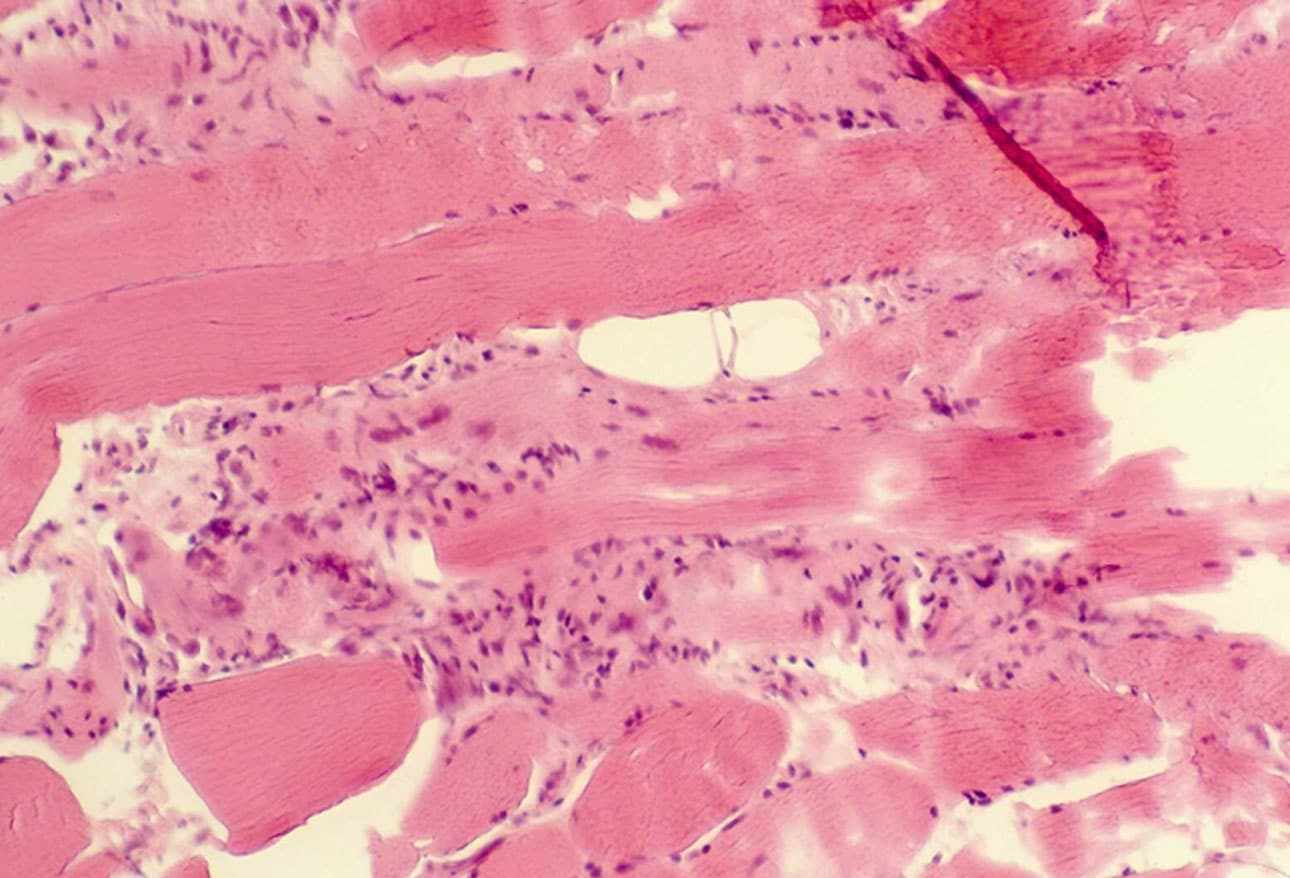


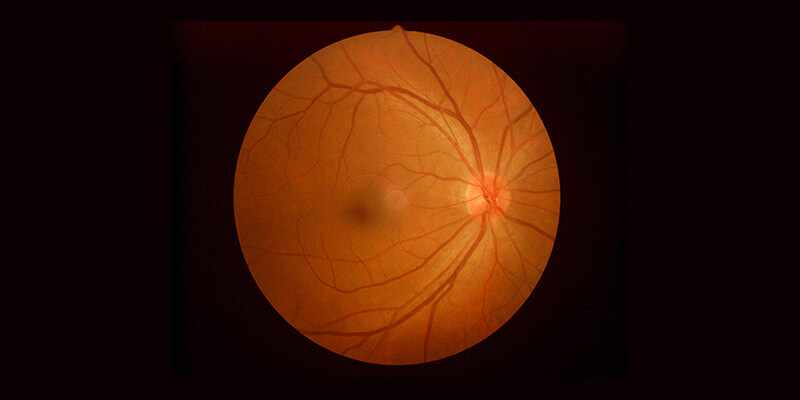

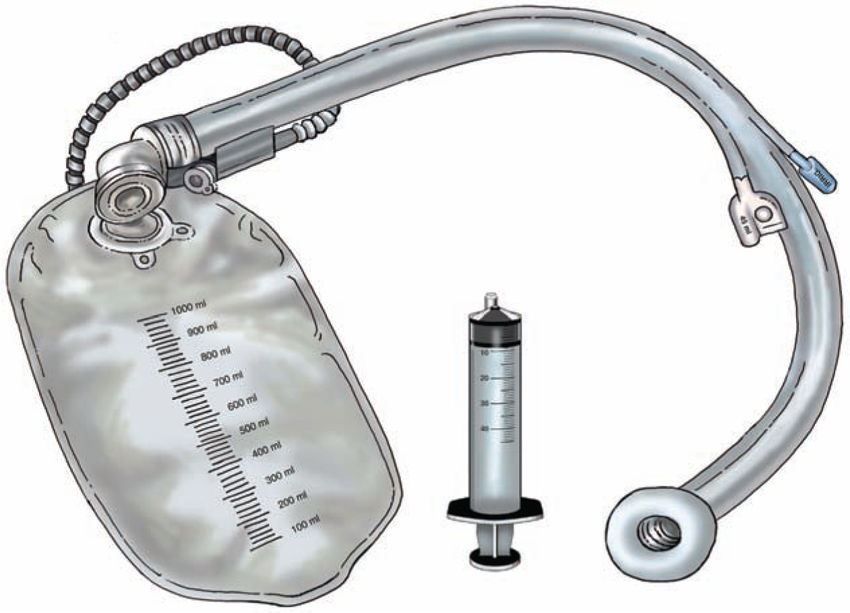

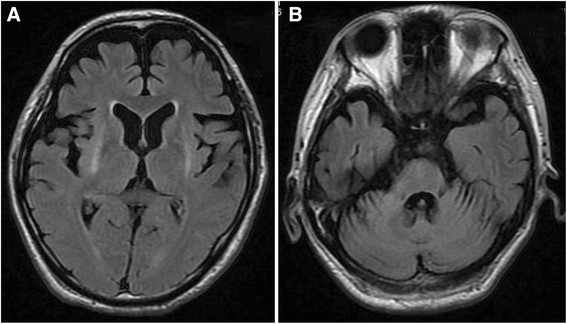
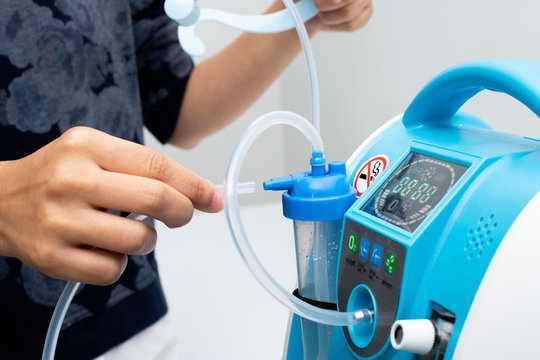
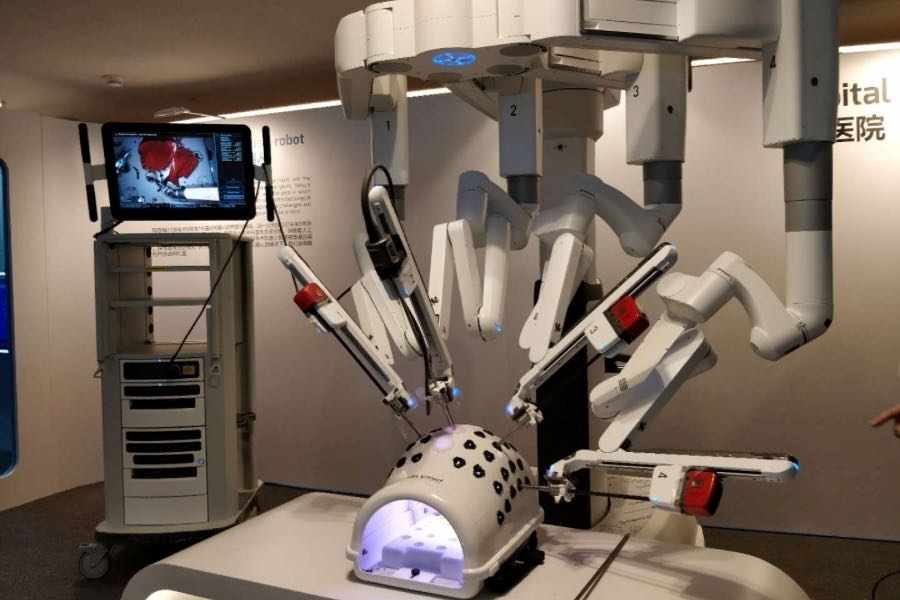
Write a comment ...